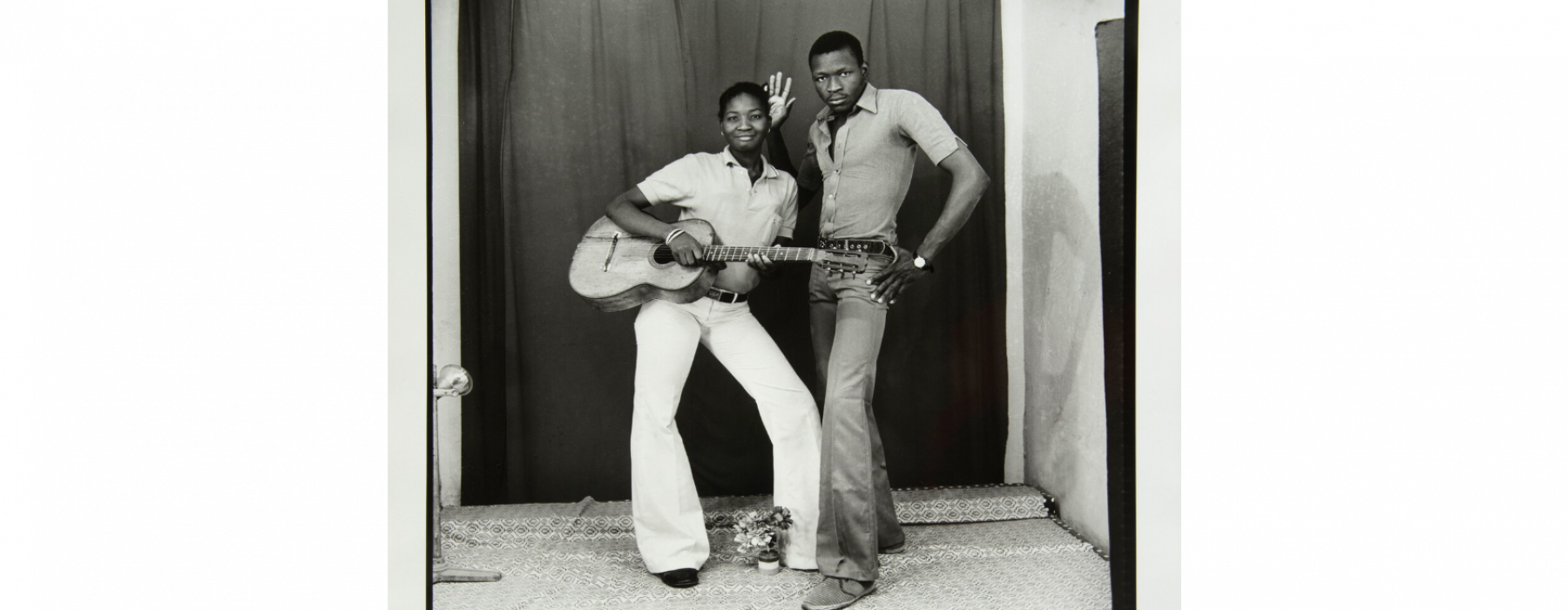
It started with the Africans who were transported as enslaved people to America in the 17th to the 19th century. In North America, they were not allowed to make their own music. The slave owners knew that they could communicate with each other by drum over long distances. The enslaved people had to come up with new music. They started with work songs – rhythmic singing to keep up the spirit.
Over time, that became blues and later jazz, rhythm & blues, and much more. In Central and South America, enslaved people were given greater musical freedom. There the African tradition was fused with European traditions to become dance music with special rhythms. Via vinyl records and radio, American music returned again to Africa and there inspired new forms, that in turn travelled, and returned again, new.